Space grade electronics: How NASA Juno survives near Jupiter
Space missions that remind us space exploration is hard.
November of 2011 was a particularly exciting time for planetary scientists. Russia had launched its Phobos-Grunt spacecraft to land on Mars’ moon Phobos, the first ever such attempt. The spacecraft was to return 200 grams of samples from Phobos, to help determine the origin of the martian moons as well as fill important gaps in our understanding of the history of the solar system.
The launch was successful but the spacecraft failed to fire its engines and thus never left Earth orbit. Its orbit decayed in a matter of weeks. Pulled by the Earth, it plunged into the ocean, resulting in a total mission failure. Along with the spacecraft, China’s first Mars orbiter Yinghuo-1 and The Planetary Society’s LIFE experiment onboard were lost too.
So what went wrong? The failure report revealed that the spacecraft’s electronic components were neither qualified to be used in space nor tested prior to launch. The loss of Phobos-Grunt and the science it could do was a bitter reminder of the unforgiving nature of space exploration. Cutting corners in spacecraft development and testing to save some costs can end up costing us even more. In this article, I take a look at how electronics of spacecraft are built to survive space environments and examples of its failures and successes in notable space missions.
Making electronics space-ready
Electronic components used in spacecraft must be built to survive and function in harsh space environments. The U.S. Department of Defense mandates over 100 tests to ensure reliable operation of components under mechanical stress, wide temperature fluctuations, and the intense radiation of space. All space grade electronic components must be individually qualified as opposed to batch testing common in commercial or industrial applications.
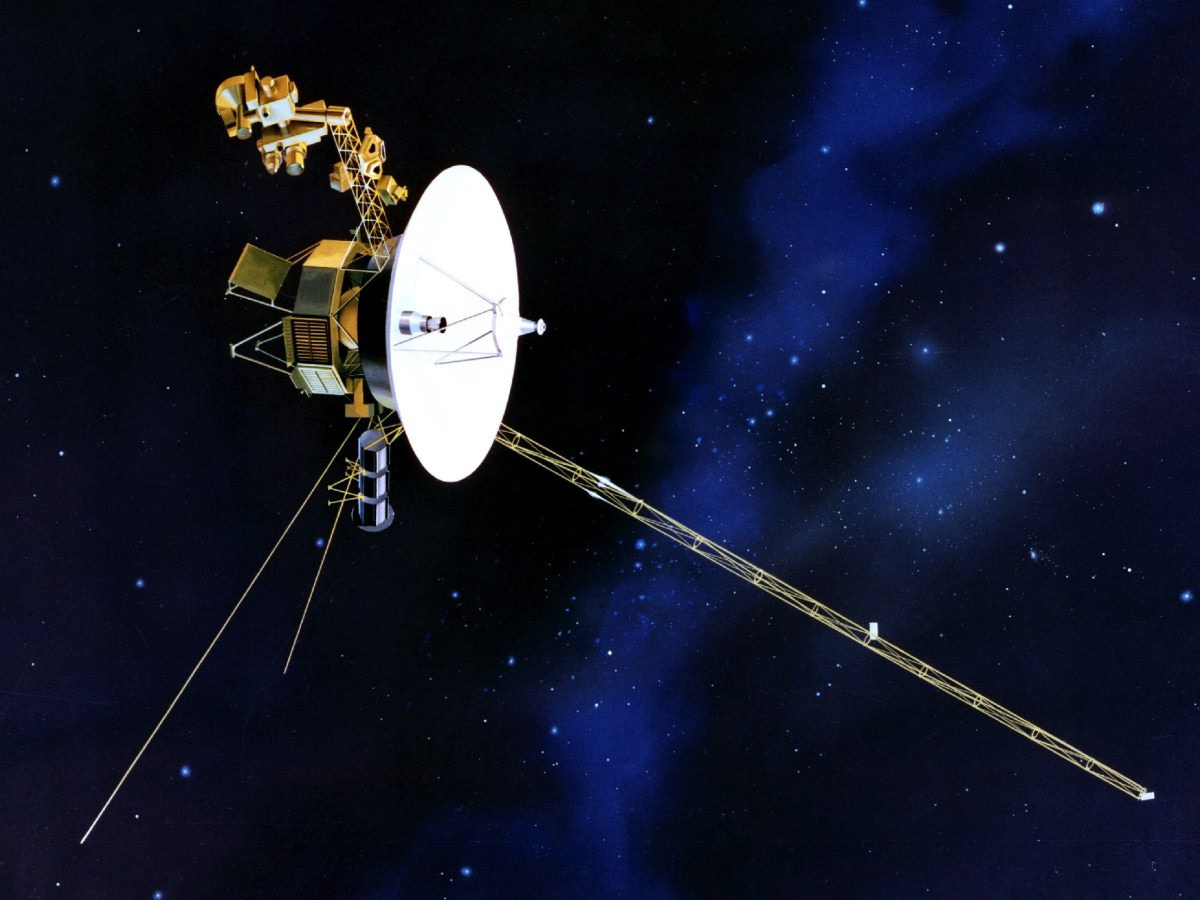
To ensure the desired reliability in space, system designers can’t use the latest and greatest computer hardware in space missions. If we take a look at CPUs used in spacecraft, we find that most of them are very old, some even dating back to the 1990s. It’s critical to use something that has been tried and tested, that we know will work. Electronic components are hardened for space usage using some of the following techniques:
- Filling electronic assemblies with a solid/gelatinous compound that can resist the shock and vibration of a rocket launch, the latter of which is no joke.
- Using an insulating material as a substrate instead of silicon used in commercial electronics to reduce stray currents.
- Static RAMs (SRAM) instead of Dynamic ones (DRAM) because they are less power hungry, crucial for when spacecraft enter low-power modes but need to continue sending telemetry.
- An external shield, like lead, around the electronic components to reduce exposure to radiation, thereby increasing the mission’s life span. This is particularly useful for long-term missions like New Horizons which is currently exploring the Kuiper Belt.
As a result of these techniques, the sizes of electronic components qualified for space usage are usually much larger than commercial or industrial ones.
Even with all of these modifications to prepare electronics for space, intense radiation can still cause numerous issues such as memory losses, short circuits, and irreversible damages to the circuitry. Spacecraft electronics and its logic must thus be built with all of these factors in mind.
Apart from the Phobos-Grunt incident, let’s take a look at space missions which act as a constant reminder of the harsh nature of space. This part of the article is inspired by Emily Lakdawalla’s piece on sample collection.
Notable electronics failures in space missions
1. When you lose your star sensors
India’s first Moon orbiter Chandrayaan 1’s star sensor failed after a few months in lunar orbit. The extreme exposure to solar radiation caused the backup star sensor to fail too.
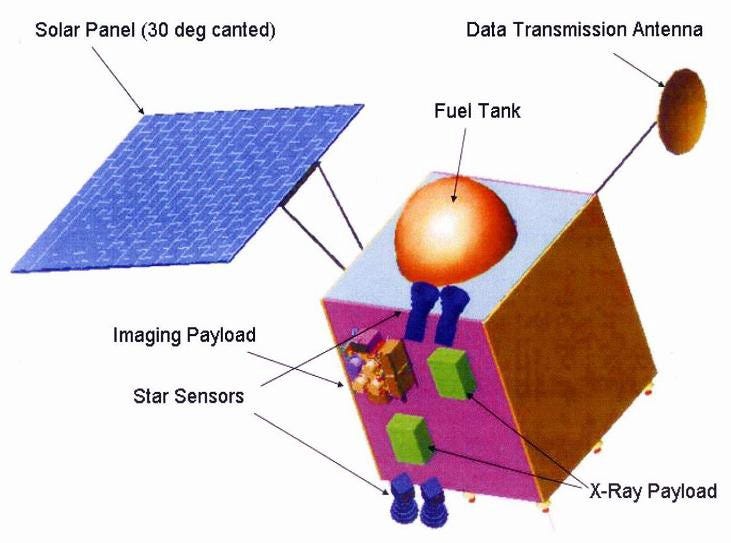
The rest of the mission had to be completed using onboard gyroscopes and constant corrections sent from Earth via ground stations. The mission was ultimately successful but it was a reminder that even space grade components can falter.
2. When you have six computers to do one job
The Galileo spacecraft designed to orbit and study Jupiter had not one but six CPUs. Surviving in the radiation riddled Jovian environment—which is orders of magnitude more intense than Earth’s—mandated that each major subsystem of the spacecraft be controlled by its own CPU. That way if one CPU dies, it only disables one major instrument.

The Galileo spacecraft’s computing system was equivalent in processing power to the classic Apple II computers sold a decade prior. Each of Galileo’s CPUs were fabricated on an insulating sapphire material, hardened for the intense radiation at Jupiter. Despite these protective measures, Jupiter’s harsh environment caused more than a dozen issues to the Galileo spacecraft over time, including frequent resets of all of its computers.
3. When solar flares damage your solar panels
En route to the asteroid Itokawa in 2003, the Japanese spacecraft Hayabusa was hit by one of the largest solar flares in recorded history. The flare damaged Hayabusa’s solar panels, thereby reducing their capacity to deliver power. The flare also caused one of the four ion engines on the spacecraft to stop functioning. These degradations reduced the mission’s duration and scope.
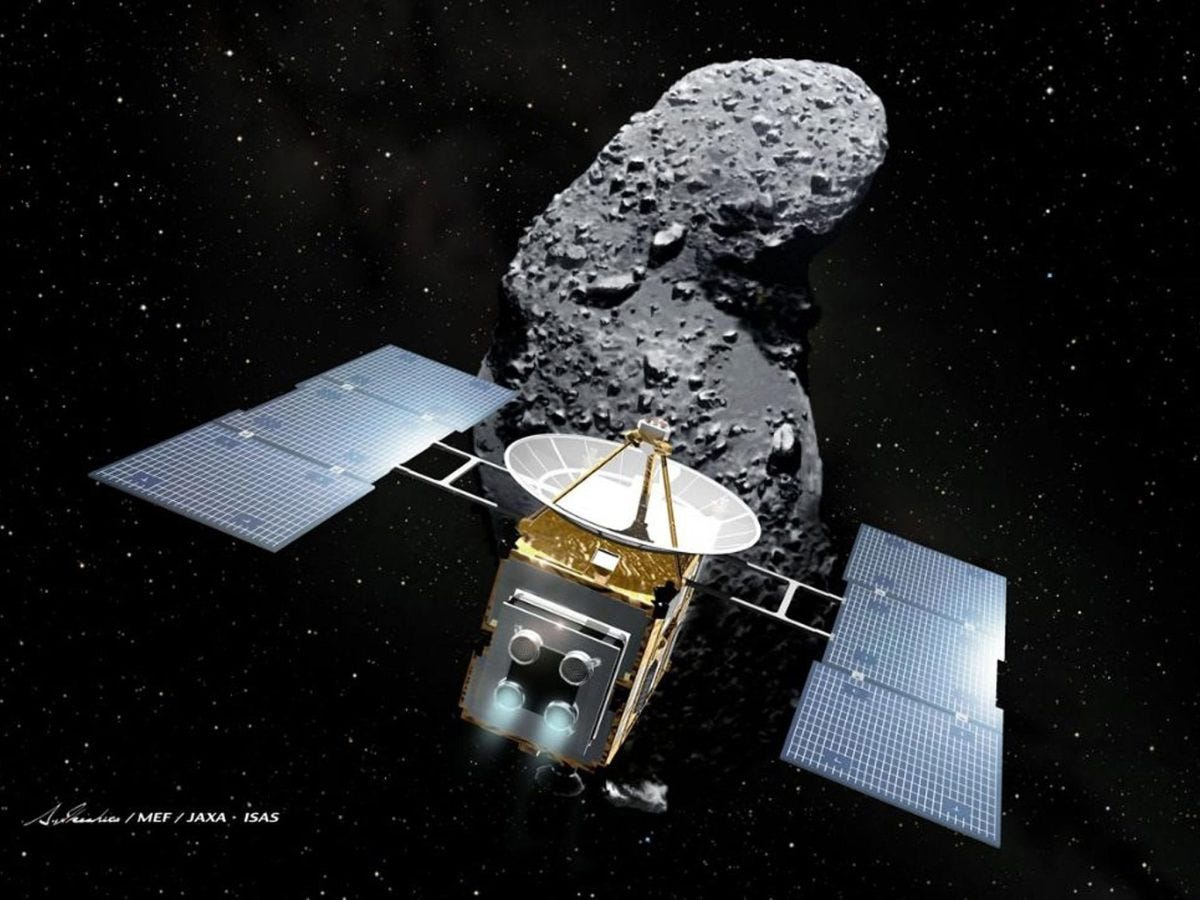
Excessive radiation damaging solar panels was a serious concern when designing Juno, NASA’s spacecraft currently orbiting Jupiter. Juno engineers knew the solar panels would degrade with time at Jupiter so they designed the solar panel glass to be twice as thick than usual, and increased the panel size. This means that even as radiation at Jupiter degrades the panels continually, Juno would still have sufficient power for years after reaching Jupiter.
4. RAD computers
One of the latest generations of radiation-hardened processors, in space grade terms, is the 32-bit RAD750, based on the PowerPC 750 designed by IBM. It’s designed to minimize damage even when facing extreme radiation from solar flares. Capable of working in a wider temperature range and boasting 10 times better performance than the previous generation RAD6000, the $200,000-costing RAD750 has been used in over 150 space missions, including everyone’s favorite Mars rovers Curiosity and Perseverance.
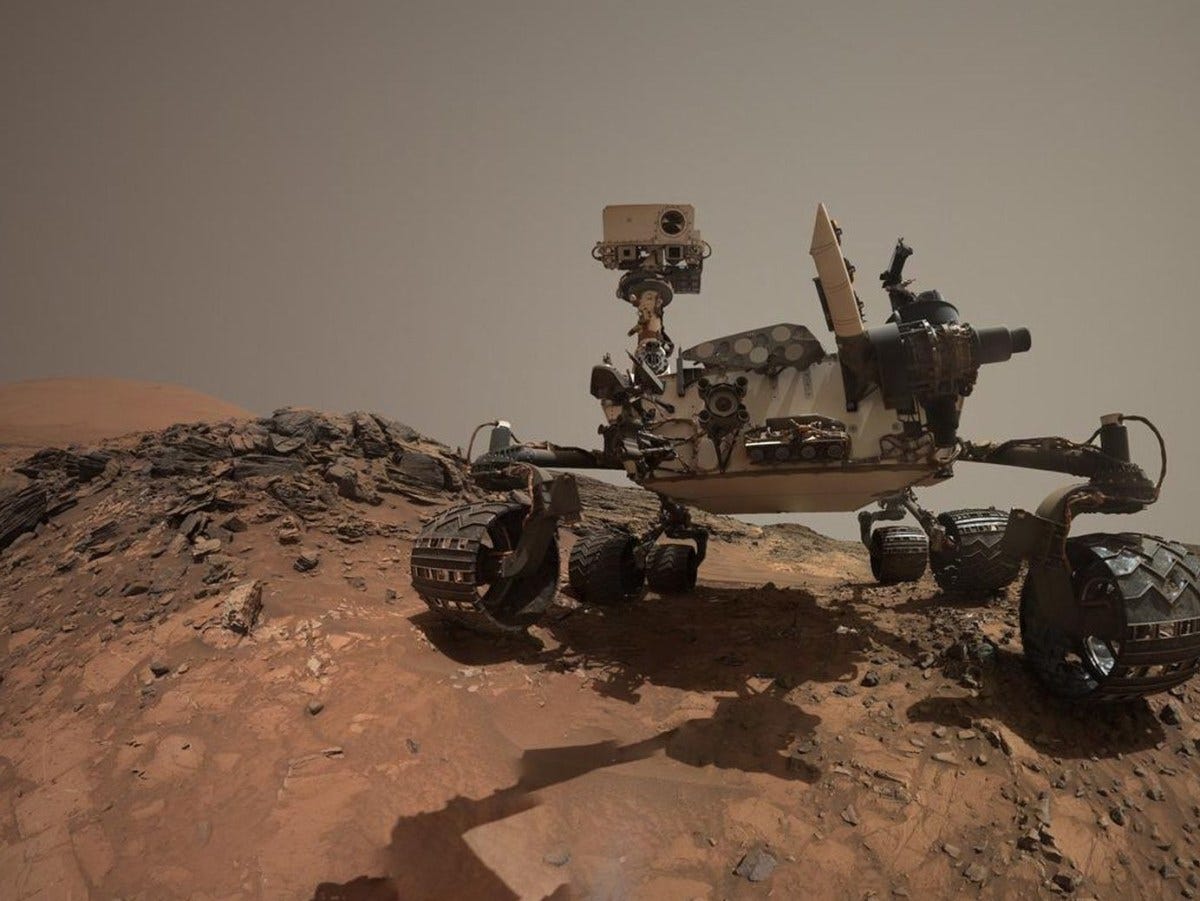
The Curiosity rover has two RAD750 CPUs for redundancy. When the first one faced issues with its flash storage in 2013, the backup computer took over.
The case of Juno and Jupiter
Designed to study Jupiter from closer to the planet than any spacecraft before it, Juno is faced with unique challenges. For Juno, having individually tested space grade components, one of the most radiation-hardened CPUs, and redundant components is all still not enough to face the harsh environment near Jupiter, the planet with the largest magnetic field in the solar system.
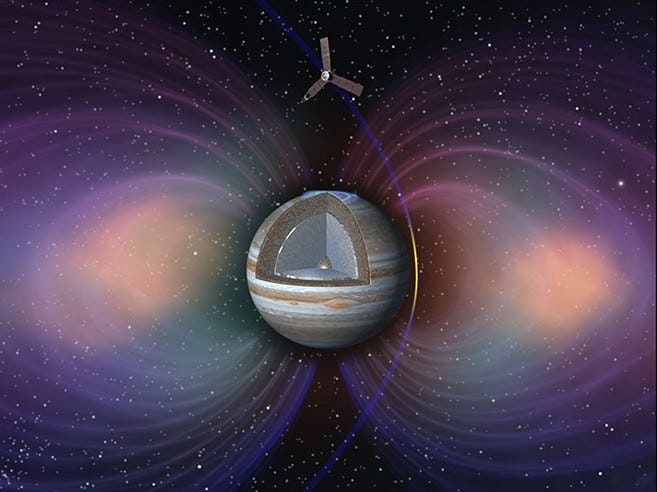
A RAD750 CPU can withstand up to 1 million rads of radiation exposure by itself, which is remarkable. But the mission would expose Juno’s components to at least 20 million rads over time. That’s quite intense. To protect the electronic components, the engineers built a protective titanium armor shield with centimeter-thick sides. This cubical vault reduces the radiation exposure to the electronic components by 800 times. The shield is so important to Juno’s functioning that it gets its own reassuring name—Juno Radiation Vault.
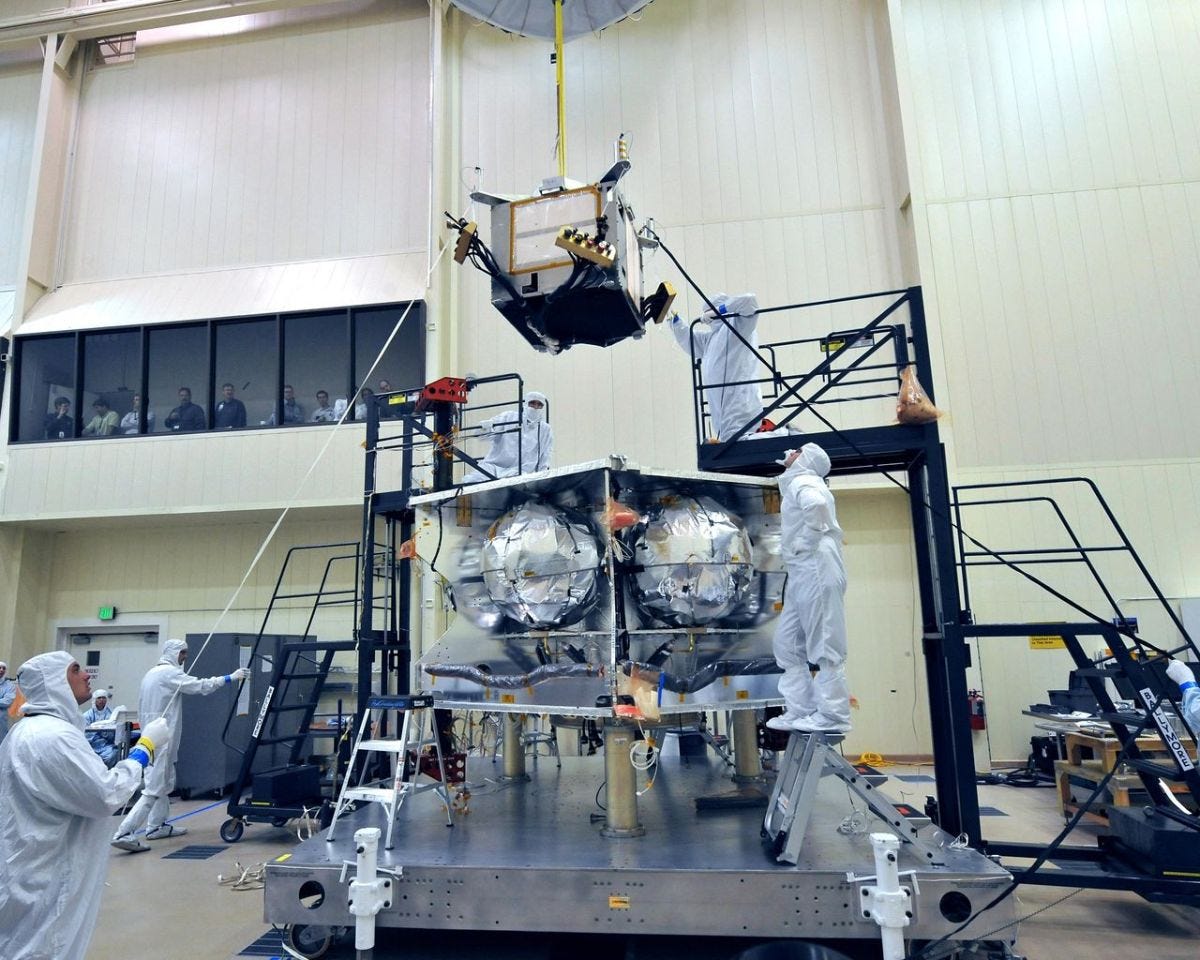
Without its protective radiation vault, Juno’s brain would get fried on the very first pass near Jupiter.
– Scott Bolton, Juno’s Principal Investigator
Even then, Juno is expected to cease functioning eventually due to its multiple close passes to Jupiter, deep into the planet’s dangerous radiation belts. A reminder that space is hard.
But it’s worth exploring.
Originally published in 2018, updated for 2021. Republished by The Planetary Society.
→ Browse the Blog | About | Donate ♡
